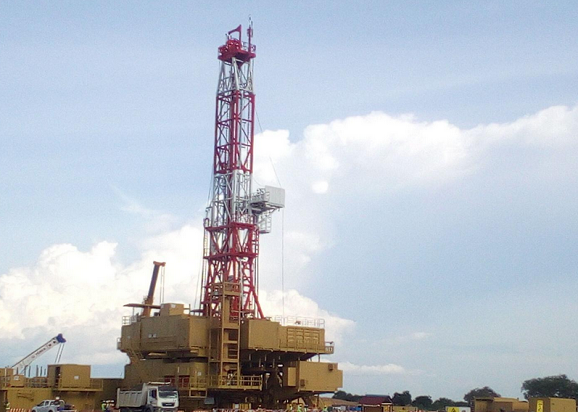The International Energy Agency (IEA) has released its latest medium-term market report, signaling a notable deceleration in the growth of global oil demand in the coming years. According to the report, current government policies and market trends indicate a 6% increase in global oil demand between 2022 and 2028, reaching a daily consumption of 105.7 million barrels (mb/d). This growth will primarily be driven by robust demand from the petrochemical and aviation sectors.
However, despite this overall increase, the report cautions that annual demand growth will significantly shrink from 2.4 mb/d this year to a mere 0.4 mb/d by 2028, pointing towards an imminent peak in demand. The decline in oil usage for transportation after 2026 is attributed to the expanding adoption of electric vehicles. The implications for countries like Uganda, poised to begin oil production, are somewhat uncertain.
While the initial years of production may benefit from the projected 6% increase in oil demand, concerns arise regarding the potential repercussions of declining demand beyond 2028. The IEA study emphasizes the need for oil and gas producers, including Uganda, to diversify their portfolios and reduce reliance on oil and gas production. The report suggests exploring alternative applications of oil, such as its use in the production of fertilizers and petrochemicals, as a means of mitigating the impact of diminishing demand for transportation fuels.
Amidst the mounting urgency to address climate change, the global oil and gas industry stands at a critical crossroads. Fatih Birol, the Executive Director of the IEA, highlights the acceleration towards a clean energy economy and predicts a peak in global oil demand before the end of this decade, driven by advancements in electric vehicles, energy efficiency, and other technologies.
Birol urges oil producers to carefully navigate this changing landscape and make informed investment decisions that facilitate an orderly transition. While the report anticipates a contraction in demand from advanced economies, it expects the growth in petrochemical demand and consumption in emerging and developing economies to offset this decline.
Additionally, the IEA projects a significant increase in global investments for upstream oil and gas exploration, extraction, and production, reaching the highest levels since 2015. However, the IEA acknowledges that several factors, including uncertain global economic trends, OPEC+ decisions, and China’s refining industry policy, may influence market balances in the medium term.
The report identifies a “trilemma” of concerns, encompassing energy security, supply diversification, and the low-carbon transition, which further complicates the situation. The mounting urgency to diversify energy supplies and expedite the energy transition has prompted a rise in clean energy investments by oil and gas companies.
The industry is highly capital-intensive
Notably, investments in oil and gas supply exceeded US$511 billion in 2020. It is crucial to note that the industry faces heightened scrutiny due to environmental considerations, with the energy supply sector responsible for approximately 34% of total net greenhouse gas emissions in 2019, according to the Intergovernmental Panel on Climate Change (IPCC).
-URN





